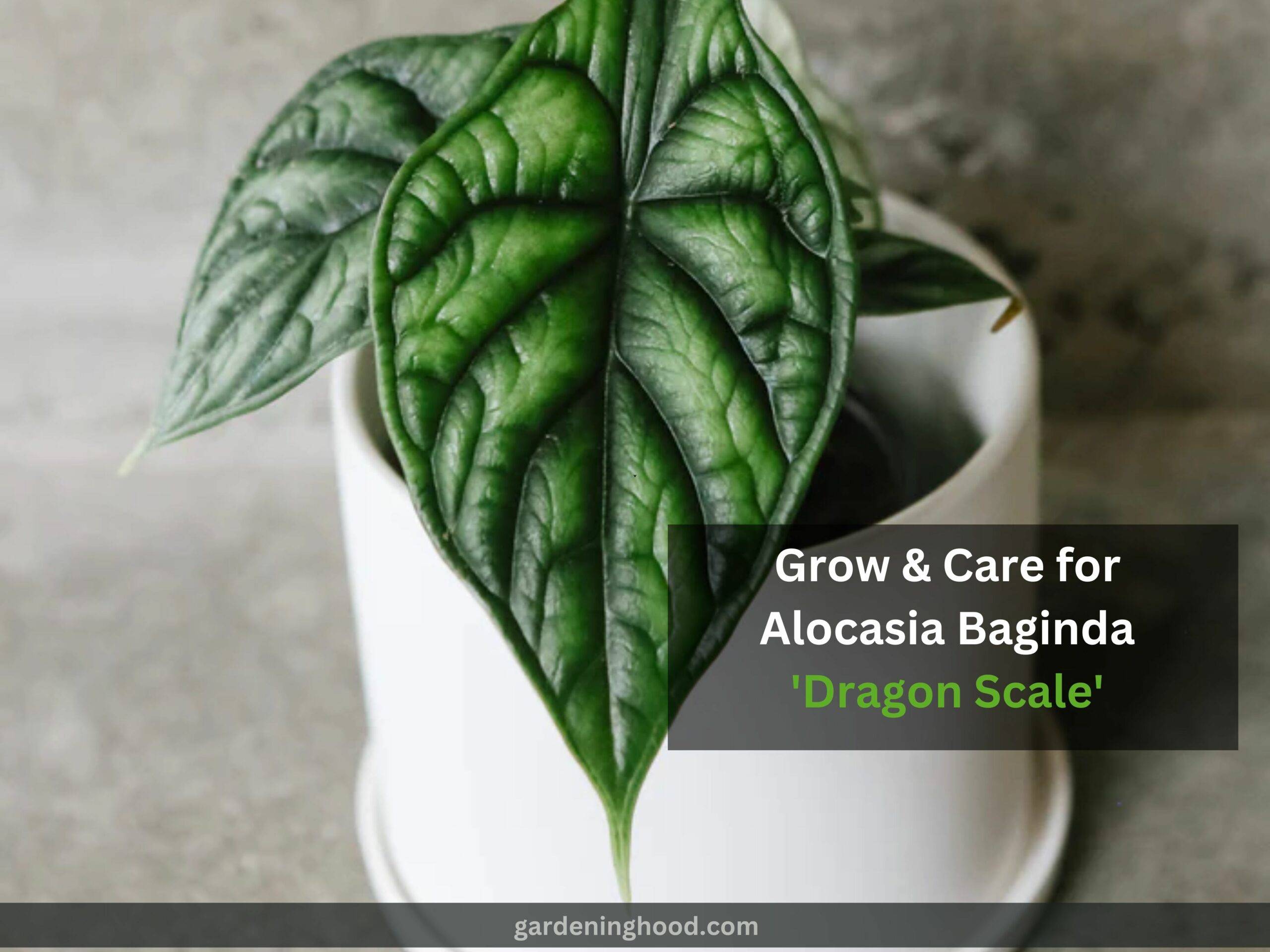How to Grow Ashwagandha? The Ultimate Guide for Growing Ashwagandha
Are you Looking to grow a low-perennial Ayurvedic plant? If yes, then try Ashwagandha which is also known as winter cherry or Indian ginseng. it belongs to the nightshade family and is considered an ayurvedic medicine. Hey folks! I am Anna Scott, a Gardener with 15 years of gardening experience, now I am here to help other gardeners as well.
Ashwagandha is native to various regions of India, Nepal, and North Africa. This herbaceous shrub has various beneficial uses because of this various corners are looking to add this variety to their collection. It not only helps in building the immune system but also helps in lowering stress and anxiety. It will grow about 3 feet long in its USDA zone 7 and higher. So do you know how to grow Ashwagandha in your garden? If yes, then it’s great.
Ashwagandha produces yellow-green colored leaves that are elliptical shaped. It also produces bell-structured flowers in the plant. So let’s get started to throw some light on the guide for growing Ashwagandha.

What Is Ashwagandha?
Ashwagandha is one of the most valuable plants in the history of Ayurvedic pharmacopeia. it can hydrate the whole body and is known as a top Ayurvedic tonic.
It helps in enhancing one ability to deal with stress. Even this. It also helps in storing energy all through the day while providing peaceful sleep at night.
Various people use Ashwagandha as a sleeping pill as it helps in providing good sleep. In simple words, it helps in maintaining one’s mental peace. It will grow best in sandy loamy soil having a pH of 7.5 to 8.0.
Optimal Growing Requirements for Ashwagandha
Ashwagandha is one of the favorite choices of Gardner and is an easy-to-grow plant that requires little care for its growth. It likes to be in a sunny environment and it won’t mind using nutrients and soil for its growth. So, what are you waiting for? Let’s move forward to know the best optimal growing requirements for Ashwagandha. They are as follows:
Light & Temperature
- Ashwagandha likes to grow in full sunlight, where it can receive about 6 hours of sunlight in a day.
- It can even tolerate partial shade for its growth but it will grow slowly.
- The ideal level of temperature for this plant is 68°F and 95°F.
- This plant can not tolerate frost. Its USDA growing zones are 7 to 12. Grow this variety as a perennial in these zones.
- But in zones 4 to 8, it is grown as an annual. If the area has a low climate, then grow them indoors.

Soil
- The ideal pH level for these plants lies between 7.5 to 8.0. They need sandy and well-drained soil to remain healthy.
- Ashwagandha will grow in dry areas with rocky soil. You can add a little sand to the soil to enhance its drainage.
- Also, soil should not hold too much moisture as it is an important point to keep in mind while growing Ashwagandha.
Water
- Water is needed by every plant to grow well and this plant needs occasional watering.
- Water the plant when the top inches of the soil become fully dry, it will avoid waterlogged soil.
- Also, check the moisture by inserting a finger inside the soil and if it feels dry, then only water the plant.
- Choose the soil that is well drained so that excess water does not sit in the plant.
- Avoid over-watering as the plant is very sensitive to various fungal diseases like root rot.
Nutrition and Fertilizer
- This plant Does not need fertilizers for its growth like most of the therapeutic plants.
- Providing fertilizer to this plant will be harmful to human health if it is consumed.
- The plant requires a good amount of nutrients to grow well. So, rather than providing fertilizer to the plant, feed it with adequate nutrients.
- It will help increase the soil fertility. Nutrients will be gained from compost or manure.
How To Grow Ashwagandha From Seeds?
So, here is the right time to learn how to grow ashwagandha from seeds. With the arrival of springtime, the good news will come that you can sow the seeds of this variety indoors. This plant will take about 180 days to become mature. The soil temperature should be about 70°F so that the seeds germinate properly. Below are the steps to follow:
- First, fill the plastic pots with nutrient-rich soil that is organic and well-drained.
- Then, plant the seeds in those pots and water them gently.
- Create a thin layer of dirt to cover the seeds. Keep the seed pots near the windowsill in a sunny location.
- After 10-14 days, the seeds will begin to sprout. During this process, keep the soil moist to see better results.
- Do not water the plant or water them less after the seedlings appear( Note: Do not keep the plant dry for long).
- Last but not least, when the seedlings become 4 inches long, then is the right time to transplant them in the ground to see the plant become mature with time.

How To Grow Ashwagandha From Cuttings?
Ashwagandha is one of the most valuable plants. Isn’t it? So why not grow Ashwagandha with the cuttings? Below are the steps to grow Sugandha from cuttings:
- At first, take a portion of the stem from the mother plant about 4 inches long.
- Make use of a sharp blade to cut it. Then remove the leaves from the bottom and cut about 1/4“ below the growing node.
- Keep the slice of Ashwagandha in a jar or glass that is filled with water.
- The growing parts should be merged in the water except the leaves.
- To speed up this process, you can also make use of rooting hormones.
- Keep that glass in a sunny location by covering it with a plastic sheet to maintain its humidity.
- After a few days (like 5-7 days), change the water in the glass.
- You have to be patient in this process as cutting will take various weeks to produce roots.
- The Ashwagandha plant can be planted in the ground, once you observe 2-inch-long roots in the glass.
Common Ashwagandha Pests & Diseases
Like other plants, various common pests and diseases come to the Ashwagandha plant. But what are they? You will see when the plant is young, it can be susceptible to various diseases and pests that are harmful to the plant’s growth.
So it is important to pay attention to the plant by checking it more often. Pests like aphids, bugs, and mites come to plant to suck its foliage and satisfy their hunger. so get rid of them by making use of insecticidal soap or you can even combine water with alcohol and rub on the leaves.
One of the common problems faced by this plant is the Alternaria leaf spot. Yes, it is the problem that takes place because of a lack of nutrients. Yellowing leaves with brown patches on the foliage are the signs of this problem.
Prevent this disease by making use of fungicides. Bordeaux is the best option for the organic fungicide to save your plant.

Harvesting Ashwagandha
What about harvesting Ashwagandha? Ashwagandha takes about six months to become mature as this plant grows slowly in your area. The plant will be ready to harvest when its papery husk that protects its berries begins to dry. It can be easily harvested by hand in your garden. Follow the below steps to do so:
- Provide water to the plant added space to the stem to give it a good soak before grabbing the plant.
- It will make the pulling step easier. Then, loose the soil with the help of a trowel without harming the roots.
- Make use of a sharp and sterilized blade to cut its roots and stem.
- After that wash off the plant to remove the soil from it.
- Now, trim the roots by cutting them into small sections of 2 to 3 inches.
- Then set up a drying rack and keep the roots equally on the surface.
- Let the roots become fully dry, then you can keep the rack in a shady, well-ventilated location for its growth.
Summing up the context
In this guide, you come to know that Ashwagandha is native to various regions of India, Nepal, and North Africa. This herbaceous shrub has various beneficial uses because of this various corners are looking to add this variety to their collection. it not only helps in building the immune system but also helps in lowering stress and anxiety. Ashwagandha is one of the most valuable plants in the history of Ayurvedic pharmacopeia.
It can hydrate the whole body and is known as a top Ayurvedic tonic. It will grow about 3 feet long in its USDA zone 7 and higher. So do you know how to grow Ashwagandha in your garden? If yes, then it’s great. But if not, then read the whole guide for its proper understanding. I hope you are clear with this guide. I will come back with another informative guide soon. Till then safe gardening.
Thanks for reading! Happy Gardening!
FAQs
Is it easy to grow ashwagandha?
Yes, it is easy to grow Ashwagandha in any home garden. This plant is a low-maintenance plant that will issue with its amazing benefits.
Which plant is king of Ayurveda?
Ashwagandha is one of the herbal plants of Ayurvedic medicine. It has various properties that are beneficial for people.
Can we eat ashwagandha fruit?
Yes, eating Ashwagandha is great as it has various medicinal properties that are beneficial for you.
What are the side effects of Ashwagandha?
However, there are no high side effects of Ashwagandha. But some common side-effects will be seen that are mild such as nausea, stomach ache, loose stools, etc.


